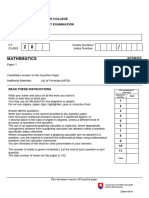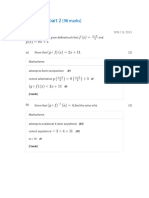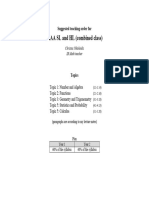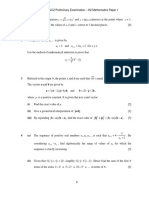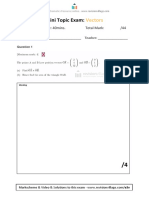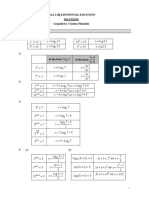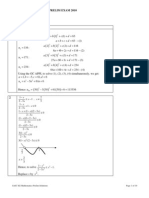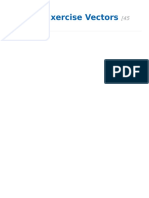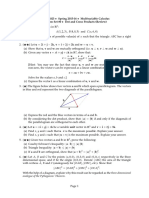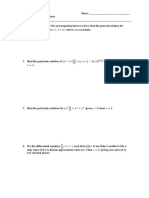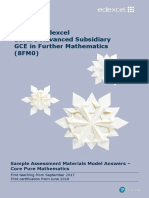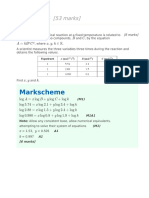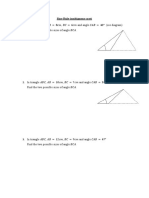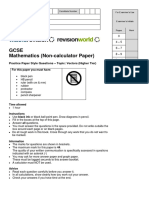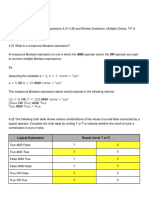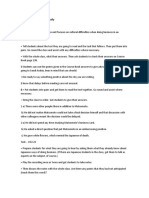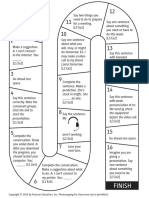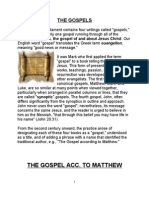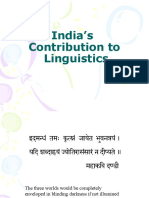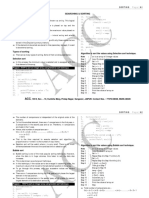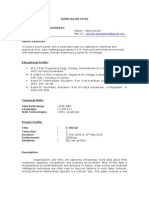0% found this document useful (0 votes)
234 views4 pagesVector 2
1. The document contains 6 math problems involving vectors, planes, lines, and their relationships. It asks to find coordinates, equations, angles, areas, volumes, and distances related to the geometric objects described.
2. Problem 2 asks to show an identity relating the cross product and dot product of two vectors.
3. Problem 3 involves finding vectors, planes, and distances related to a tetrahedron with given vertices. It also asks to calculate the area and volume of the shape.
4. Problem 4 defines a plane with a vector equation and asks to find its Cartesian equation, coordinates where it intersects the axes, volume of a pyramid it forms, angles, and distances related to the plane.
5.
Uploaded by
Hugo Zuidweg RedondoCopyright
© © All Rights Reserved
We take content rights seriously. If you suspect this is your content, claim it here.
Available Formats
Download as PDF, TXT or read online on Scribd
0% found this document useful (0 votes)
234 views4 pagesVector 2
1. The document contains 6 math problems involving vectors, planes, lines, and their relationships. It asks to find coordinates, equations, angles, areas, volumes, and distances related to the geometric objects described.
2. Problem 2 asks to show an identity relating the cross product and dot product of two vectors.
3. Problem 3 involves finding vectors, planes, and distances related to a tetrahedron with given vertices. It also asks to calculate the area and volume of the shape.
4. Problem 4 defines a plane with a vector equation and asks to find its Cartesian equation, coordinates where it intersects the axes, volume of a pyramid it forms, angles, and distances related to the plane.
5.
Uploaded by
Hugo Zuidweg RedondoCopyright
© © All Rights Reserved
We take content rights seriously. If you suspect this is your content, claim it here.
Available Formats
Download as PDF, TXT or read online on Scribd
/ 4








